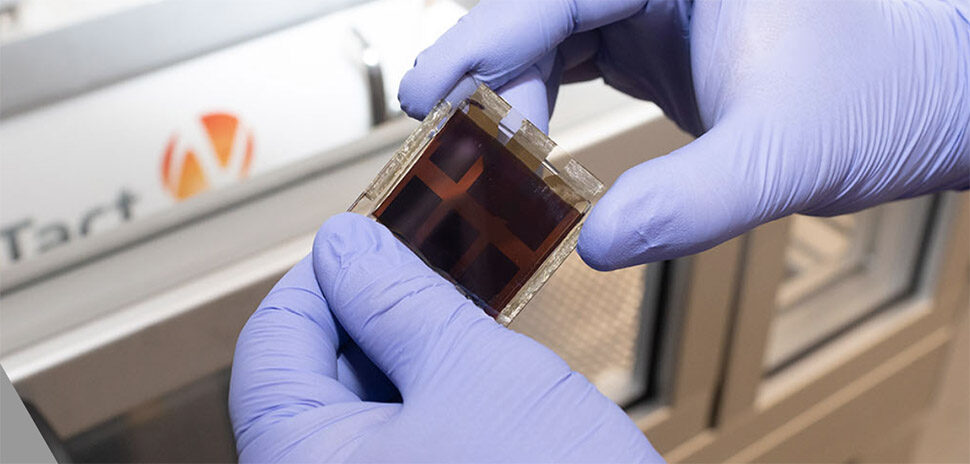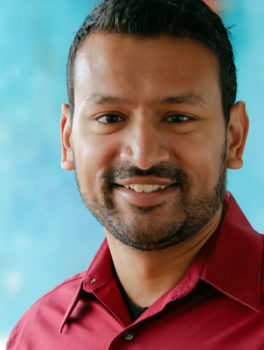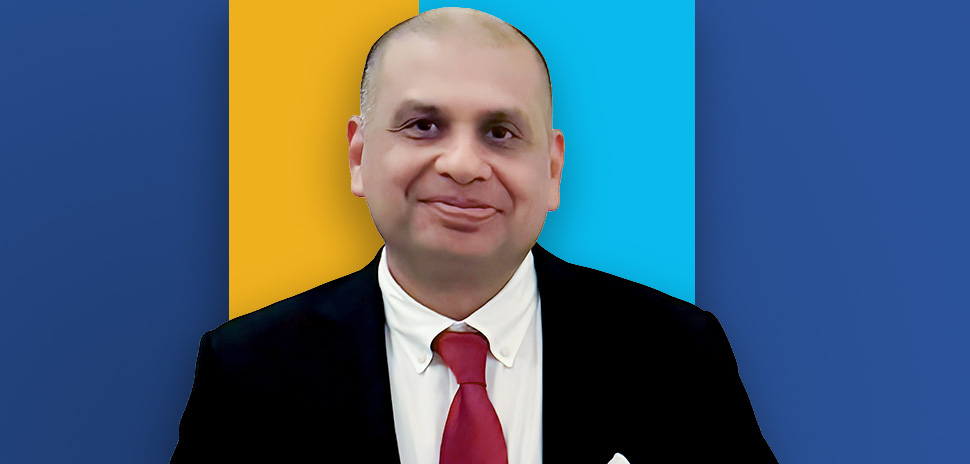If you wouldn’t know a lithionic chip from a 3D Dorito, get ready for big news: Plano-headquartered Ericsson and MIT are collaborating on research products that could transform mobile for 5G, 6G, and beyond. In the future, your mobile phone could be a “zero-energy” device that draws power from radio signals. You may connect with others over a “cognitive network” relying on artificial intelligence. Eventually the networks could go “fully cognitive”—which may sound a little like “Terminator 2: Judgment Day,” but hey, that was just a movie.
Ericsson Research and the MIT announced their collaboration late last week. They’ll tackle two major projects designing state-of-the-art hardware to power next-generation 5G and 6G mobile networks.
Lithionic chips could power “cognitive networks”
The collaboration seeks to bring you three key things: ultra-fast speed, low latency, and “superb” reliability. The trick is, mobile networks are absolutely packed with complex features.
Ericsson and MIT’s Materials Research Lab say speeding things up requires artificial intelligence (AI), which could lead to cognitive networks that deliver secure, highly automized, data-driven operations.
Lithionic chips could deliver the compute power, speed, and energy efficiency needed for all that—enabling “neuromorphic computing” for exponentially more energy-efficient AI processing.
This could lead to “fully cognitive networks,” Ericsson and MIT say, offering reduced operation complexity and driving down the energy required to power it.
“As energy-efficient connected devices take the next leap forward, we’re thrilled to be collaborating with Ericsson to tackle the key technical challenges,” said Anantha Chandrakasan, dean of MIT’s School of Engineering, in a statement. “By combining our knowledge with Ericsson’s expertise in mobile technology, we aim to develop hardware that will power exciting new AI applications on the edge, and take significant strides in the next generation of mobile networks.”
Chandrakasan’s reference to “power” is a key word—and the breakthrough ingredient of the second major research effort.
“Zero-energy” devices powered by radio waves
Ericsson and MIT’s Research Laboratory of Electronics (RLE) will also research mobile networks that connect trillions of sensors and other “zero-energy” devices that surround us.
The big tech challenge: powering these devices in a cost-efficient way. Ericsson and the RLE will explore how to get that power to devices directly from a radio signal.
If devices can harvest energy from radio signals and other sources, other things need to be explored to take advantage of that. For instance, systems can be designed to utilize this low power to accomplish simple tasks. A mobile network could be designed to connect and control all these devices.
“5G is leading to a fully realized IoT and bringing us closer to a truly connected world,” said Magnus Frodigh, head of Ericsson Research, in the statement. “Massive amounts of tiny IoT devices and AI-driven, cognitive networks are two drivers of the next leap forward. Working with the brilliant teams at MIT, we hope to develop the hardware that will make that possible.”
![]()
Get on the list.
Dallas Innovates, every day.
Sign up to keep your eye on what’s new and next in Dallas-Fort Worth, every day.
































